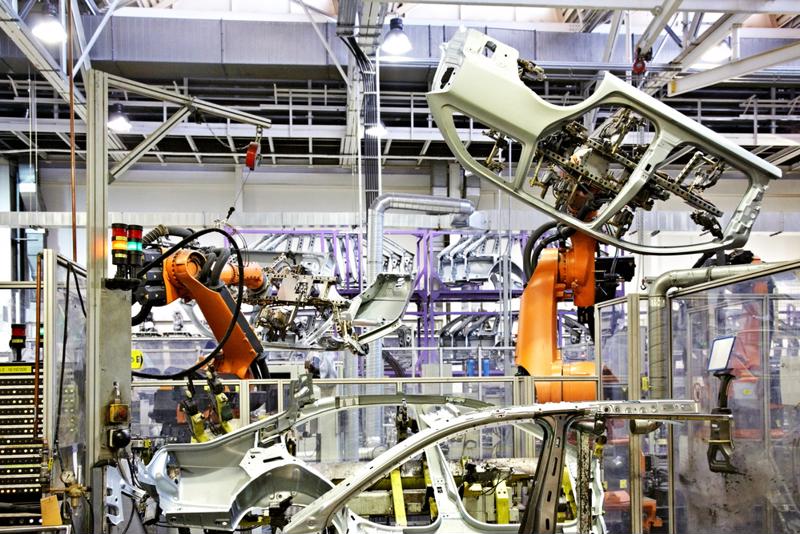Is near-perfect, on-time delivery possible for manufacturing?
Manufacturers are under considerable pressure to not only deliver a quality product, but to ensure that the item gets to its destination by the established deadline. The supply chain is vast, and manufacturers are just one part of it – anything that goes wrong could negatively impact the project and set back scheduling. As organizations strive to meet delivery expectations, is near-perfect, on-time delivery even possible for manufacturers, and if so, how can they achieve that goal?
Be aware of the challenges
If manufacturers are going to be scheduling jobs effectively, they must fully understand the difficult situations they may face. This knowledge will help them incorporate buffers to ensure that they have enough time to handle the situations while also getting the products out on time. MoldMaking Technology contributor Dr. Lisa Lang noted that manufacturers can encounter a number of problems, including clients changing their mind, unreliable vendors, machine or tool breakdown, lack of communication and unavailable data. Some of these situations are easier to fix and prevent than others. However, with a buffer, manufacturers can better absorb any variability while still ensuring efficiency.

Use your metrics
If manufacturing operators and employees aren't able to access critical data from anywhere on the floor, that can create a number of complications. However, it's also important to monitor this information and identify any trends that emerge. Manufacturers must use this data to make improvements to their processes and ensure they are effectively meeting time expectations.
Organizations should look at the percentage of on-time delivery to commit, the time it takes to switch over to making a different product and the time it takes to complete a given product from order to production, LNS Research recommended. These metrics will be critical to bolstering the client experience and overall responsiveness. Manufacturers should also track throughput, production attainment and capacity utilization to gauge overall efficiency.
Leverage adaptable tools
"Tools have to contend with multiple active projects and all of the variables that take place therein."
Near-perfect, on-time delivery is only attainable if manufacturers have tools that can accurately schedule jobs and various tasks and are easily adaptable to a variety of situations. The Fabricator contributor Tim Heston noted that while a schedule won't solve all problems, accurate information within the system will provide a snapshot of the current state of the shop floor. This provides better overall visibility and can help prioritize current tasks.
Because the shop floor can change so much in so little time, it's critical that your tool is capable of handling these adjustments. The solution must be able to recognize the shift and the sequence of events that need to happen in order to complete the task. Tools have to contend with multiple active projects and all of the variables that take place therein.
While near-perfect, on-time delivery might seem impossible now, with the right tools, an understanding of the challenges and available metrics, manufacturers can take a step toward achieving it. Through these efforts, organizations will be able to improve the customer experience and establish better visibility throughout the shop floor to bolster future scheduling efforts.










